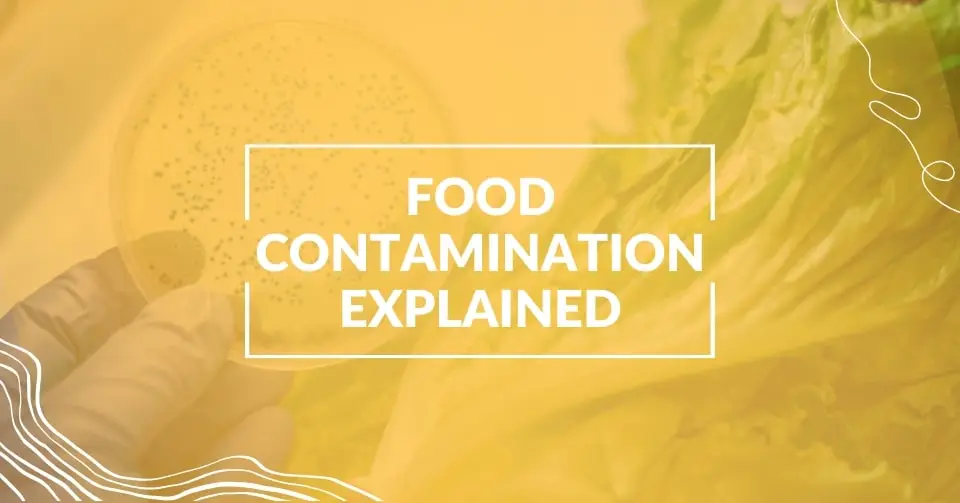While significant strides have been made in food safety over the years, new challenges continue to emerge. Today, we embark on a journey into the dynamic realm of emerging foodborne pathogens—a topic that merits our keen attention as we strive to enhance the safety of our dining experiences.
In an era where international travel, globalization, and changing consumer preferences have reshaped the landscape of our food choices, the risks associated with emerging foodborne pathogens are more pertinent than ever.
Not only do these pathogens challenge our conventional understanding of food safety, but they also compel us to adopt new strategies and technologies to mitigate these evolving risks. In the following sections, we will delve deeper into the notable emerging foodborne pathogens, examine the factors that contribute to their emergence, and explore the proactive measures we can take to safeguard ourselves and our communities against these evolving threats.
Foodborne illnesses have plagued societies for centuries, but our understanding of the pathogens responsible for these illnesses is in a constant state of evolution. Emerging foodborne pathogens are microorganisms that are relatively new to the scene or have undergone changes, making them more virulent or resistant to existing control measures.
These novel threats can emerge due to a variety of complex factors, including shifts in food production and distribution, evolving microbial populations, changes in human behavior, and the intricate interplay of our globalized food supply chain.
Notable Emerging Foodborne Pathogens
- Salmonella Enteritidis: While Salmonella itself is not new, a specific serotype, Enteritidis, has been on the rise globally. It is often associated with poultry and eggs, highlighting the importance of proper cooking and handling of these products.
- Listeria monocytogenes: Listeria is not a newcomer, but its prevalence in certain food products has grown. It can be found in deli meats, soft cheeses, and ready-to-eat foods. Pregnant women and those with weakened immune systems are particularly vulnerable.
- Vibrio vulnificus: This marine bacterium has gained attention due to its ability to cause severe infections in individuals who consume contaminated seafood or have open wounds exposed to seawater.
- Clostridium difficile (C. difficile): Known for causing hospital-acquired infections, C. difficile has extended its reach to food sources, posing a risk to consumers.
Factors Contributing to Emergence
Several factors contribute to the emergence of foodborne pathogens:
- Globalization: The interconnectedness of the world’s food supply chain means that contaminated products can quickly spread across borders.
- Changes in Food Production: Modern food production practices can inadvertently promote the growth of pathogens. For instance, antimicrobial resistance in livestock can lead to contamination in meat products.
- Consumer Habits: An increase in the consumption of raw or minimally processed foods and a rise in eating out can expose individuals to greater food safety risks.
- Climate Change: Altered weather patterns and rising temperatures can impact the survival and distribution of foodborne pathogens.
Mitigating the Risks
So, what can we do to safeguard ourselves against emerging foodborne pathogens? Here are some key strategies:
- Education: Stay informed about food safety practices. This includes proper food handling, cooking, and storage techniques.
- Regulations: Support and advocate for robust food safety regulations and enforcement at both the national and international levels.
- Technology: Embrace the use of technology for food tracking and traceability, which can help identify and respond to outbreaks more rapidly.
- Research: Invest in research to better understand emerging pathogens and their behavior in different food products.
- Consumer Responsibility: As consumers, we play a vital role in food safety. Be discerning about the sources of your food, and don’t hesitate to ask questions about food handling practices when dining out.
In summary, emerging foodborne pathogens are a reminder that our efforts to ensure food safety must remain vigilant and adaptable. By staying informed, advocating for stronger food safety measures, and taking personal responsibility, we can minimize the risks associated with these evolving threats and continue to enjoy the pleasures of good food safely.
FAQs
Implementing advanced technologies like whole-genome sequencing and blockchain for traceability can help identify pathogens swiftly, track their origin, and manage outbreaks efficiently, reducing risk to consumers and costs for producers.
Plant-based diets can shift the focus of food safety practices as new or different pathogens may emerge from plant-based food sources. The industry must adapt by researching pathogen behavior in these foods and developing specific safety protocols.
Global data sharing and cooperation in surveillance, research, and response strategies can enhance early detection of outbreaks, facilitate rapid responses, and improve overall food safety standards, helping to manage the risk of emerging pathogens crossing borders.
Adapting practices to address climate change includes investing in sustainable farming practices, enhancing water use and waste management, and modifying food storage and transportation methods to combat the changing distribution and virulence of pathogens.
Innovative packaging solutions, such as antimicrobial packaging materials and smart packaging that monitors food freshness and pathogen presence, could significantly reduce the risk of contamination and extend the shelf life of food products, offering a proactive approach to food safety.







